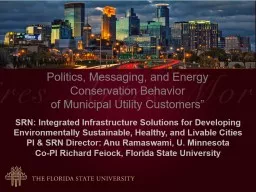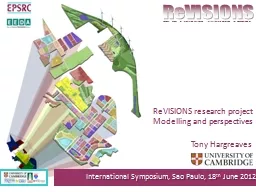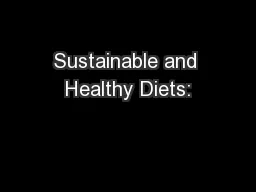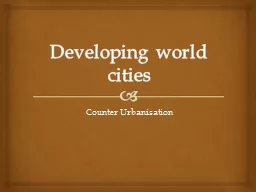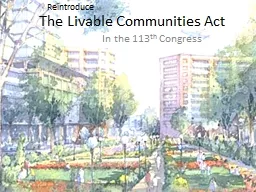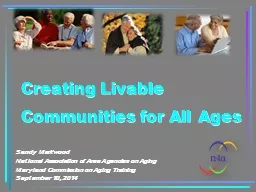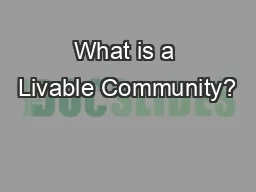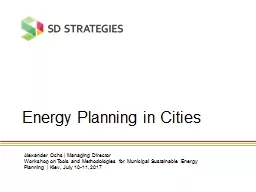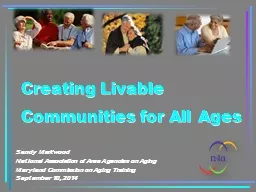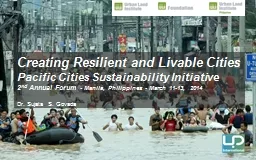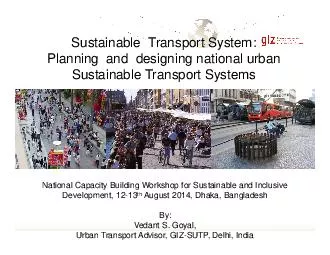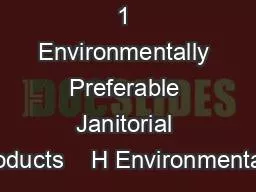PPT-d SRN: Integrated Infrastructure Solutions for Developing Environmentally Sustainable,
Author : calandra-battersby | Published Date : 2020-01-30
d SRN Integrated Infrastructure Solutions for Developing Environmentally Sustainable Healthy and Livable Cities PI amp SRN Director Anu Ramaswami U Minnesota CoPI
Presentation Embed Code
Download Presentation
Download Presentation The PPT/PDF document "d SRN: Integrated Infrastructure Solutio..." is the property of its rightful owner. Permission is granted to download and print the materials on this website for personal, non-commercial use only, and to display it on your personal computer provided you do not modify the materials and that you retain all copyright notices contained in the materials. By downloading content from our website, you accept the terms of this agreement.
d SRN: Integrated Infrastructure Solutions for Developing Environmentally Sustainable,: Transcript
Download Rules Of Document
"d SRN: Integrated Infrastructure Solutions for Developing Environmentally Sustainable,"The content belongs to its owner. You may download and print it for personal use, without modification, and keep all copyright notices. By downloading, you agree to these terms.
Related Documents

